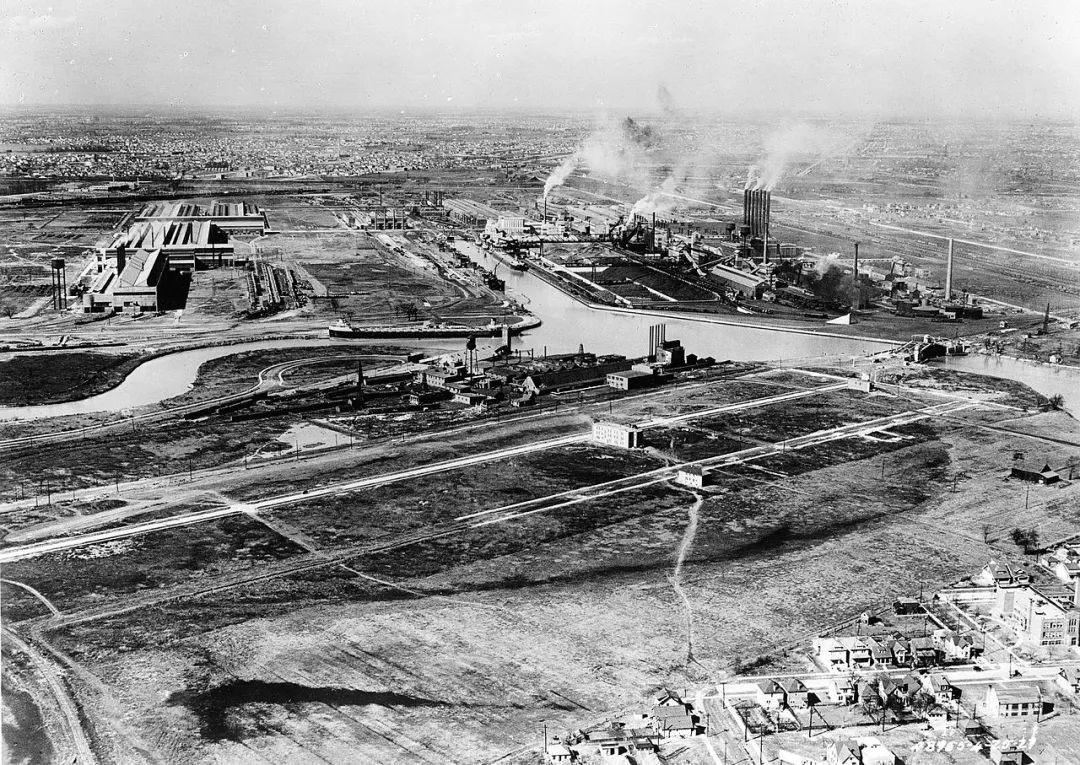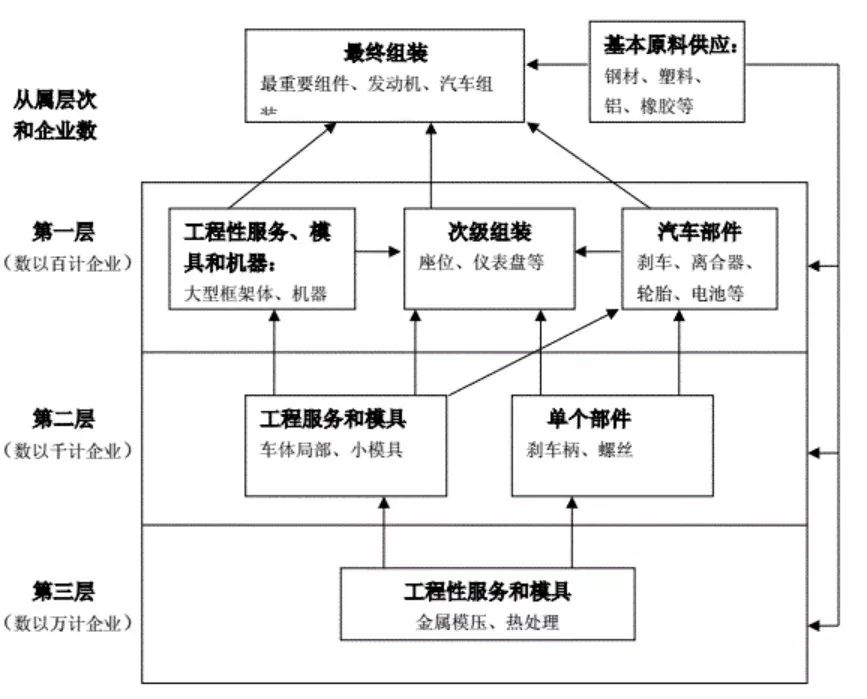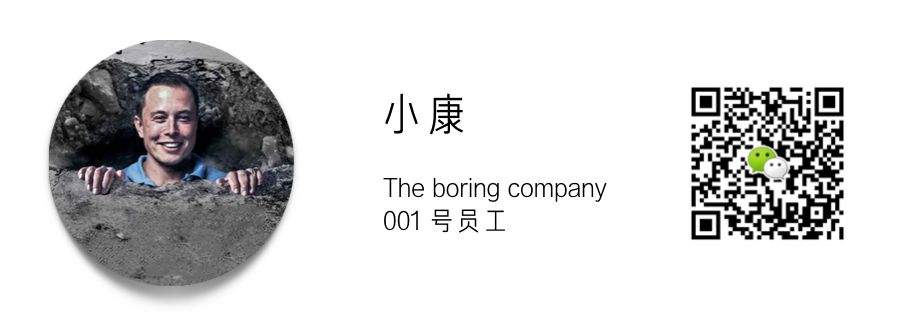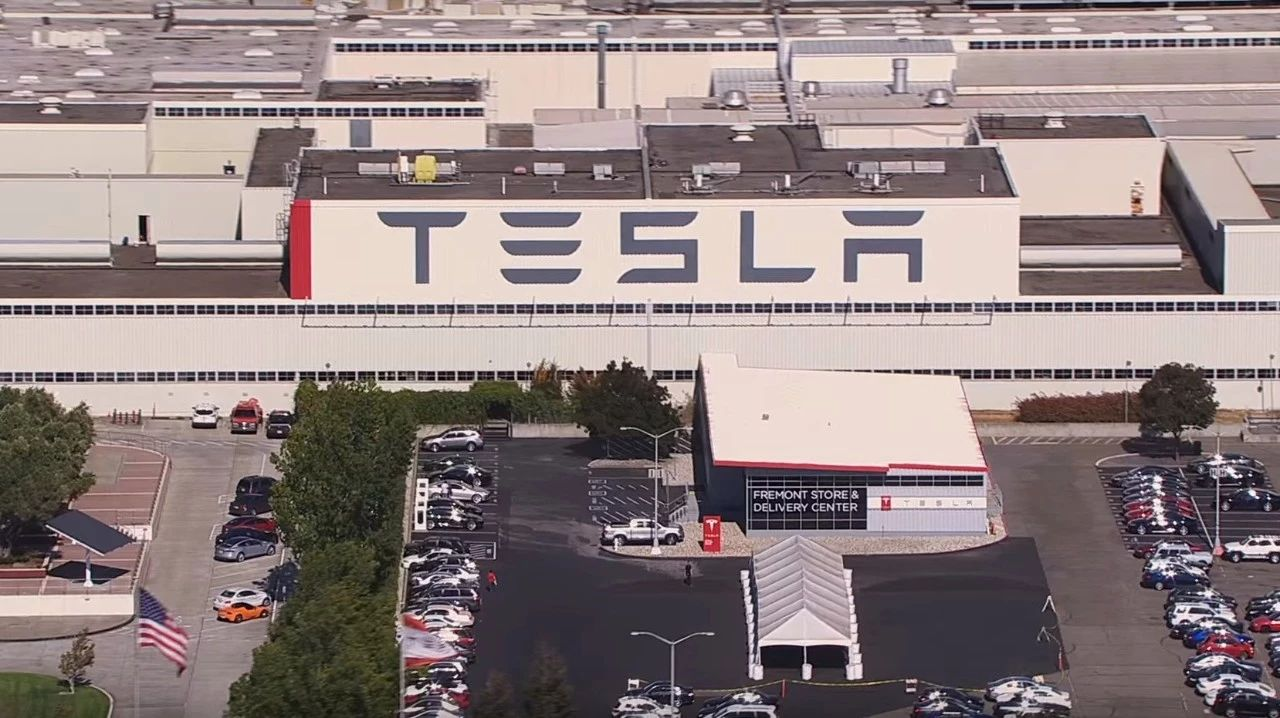Tesla CEO Elon Musk’s Email to Employees regarding Suppliers
The email from Tesla CEO Elon Musk to employees, discussing cutting suppliers has been exposed:
The following is my attitude towards supplier companies and Tesla consultants. I have postponed the deadline for supplier performance evaluation, providing everyone with more opportunities to showcase their abilities. It’s time to make a decision.
Please submit an explanation to the HR department before Monday to clarify the excellence, necessity and reliability of each non-Tesla employee as an individual (not the entire supplier company). These refer to the supplier employees who can enter our factory and visit our manufacturing network system.
By default, any individual without a Tesla employee guarantee will be unable to enter the Tesla factory and access the manufacturing system from Monday morning. This rule applies globally to Tesla.
It’s time to clean up the suppliers.
Thank you, Elon.
At the beginning of the email, Elon said he had postponed the deadline. On April 17th, in an email to his employees, he mentioned for the first time the problem of Tesla’s supplier system and said that it would be rectified within a week:
I am very disappointed to find that there are too many contractors and subcontractors associated with Tesla. Contractors are often like Russian dolls: contractors, subcontractors, secondary subcontractors, and then they can find the real people who do things. In other words, there are many intermediaries making price differences, but they are not doing anything useful. Many of our contracts are based on open schedules/materials rather than fixed prices and durations. This gives some people the motivation to make a mountain out of a molehill, why not make more money?
Contractors have various performances, from excellent to bad to even worse than drunken sloths. Please note that next week is the last chance for you to demonstrate your excellent capabilities; all suppliers that do not meet the Tesla standard will have their contracts terminated on Monday.
After two weeks of rectification, it is certain that Elon’s patience with suppliers has reached its limit. At the beginning of the Q1 financial report conference, he mentioned again the problem with the supplier system, “It should be noted that the number of third-party companies that we have contracts with has actually gotten out of control, so we are going to scrub the barnacles on that front. It’s pretty crazy. It’s out of control. There are so many third-party companies. It’s hard to keep track of them. Later on, towards the end of the Q&A, he reiterated that “we are making a lot of progress on the materials front, but the sheer number of suppliers we have, it’s insane. We have to clean up our supply chain, it’s not great… Sometimes, you have suppliers that underperform and really constrain your ability to manufacture effectively.”
As Model 3 is delivered en masse, the Tesla supplier system will inevitably become more complex. In fact, considering the simplified design of Model 3 in terms of the number of parts and wire harnesses, Tesla is likely to be one of the carmakers with the fewest suppliers at the same level. Why did Elon say “out of control”?Tesla implements a vertical integration strategy in manufacturing. According to Greg Reichow, former Tesla VP of manufacturing, Tesla factory is the most vertically integrated factory in the world since Ford’s Rouge factory in the 1920s.
Elon also mentioned the Ford Rouge factory at Tesla’s 2017 financial report conference:
“Ford’s real product was not the Model T, but the Rouge factory. The Model T was a very simple car that any company could make, but no one else could make the Rouge. That’s Tesla’s ultimate goal. I think the factory is the long-term competitive advantage. It will be the biggest product on Earth.”
It’s hard to imagine the significance of the Rouge factory to the U.S. automotive industry.

The Rouge factory was founded in 1917 and completed in 1928, and was the largest integrated industrial complex in the world at that time. The factory built its own railway, power plant, and steel terminal. Even during the Great Depression in the 1930s, it still had a workforce of over 100,000. The world-renowned Ford Model T and the assembly line manufacturing process that significantly improved efficiency in the modern automotive industry were born in this factory.
The vertical integration level of the Rouge factory was so high that it hasn’t been surpassed so far. Ford almost completely controlled the raw materials and transportation of automobile production and manufacturing, including the procurement of raw materials such as iron ore and coal. From raw materials, the manufacturing of a car requires hundreds of production processes, including heating, modeling, milling, stamping, welding, buffing, painting, and assembly.
American economist Paul R. Krugman praised the Rouge factory as “taking in iron ore and coal at one end and spitting out automobiles at the other.”
Tesla hopes to achieve similar capabilities, but in the form of intelligent electric cars. Elon jokingly said that the best case scenario would be to bring the factory into the mine and drive a car out of it.
His ultimate goal is for the vertical integration level of the Tesla Gigafactory to surpass the Rouge factory.
About Vertical Integration
The reason for early vertical integration was due to Tesla’s identity as a start-up company, where they had little leverage with suppliers. During the Model3 era, Reichow stated that in order to maintain product leadership, Tesla had to integrate many technologies that other car companies found difficult to use, which meant constantly pushing the limits of conventional car design and manufacturing. Under pressure from orders, Tesla had to achieve this in an extremely short time frame which most suppliers could not understand. Even if the suppliers were willing to cooperate, communication with them seriously slowed down Tesla’s product improvement and iteration speed. (Tesla’s product design team, engineering and manufacturing team can communicate face-to-face at any time.)
The only way was to continuously penetrate upstream in the industry chain and independently develop and manufacture some components to ensure product leadership. For example, among the battery industry chain, at the end of last year, Elon personally went to Chile, a lithium-rich country, to negotiate with SQM, the largest lithium producer in Chile, to ensure the supply of lithium materials. In addition, Tesla executives have also visited Argentina and held similar negotiations with local government officials.
Vertical integration not only ensures product leadership but also ensures stable parts supply.
The event of BMW’s Bosche supply chain cut-off last year demonstrated how supplier fragmentation can present problems.
Bosch’s steering system components could not be supplied, and BMW’s factories in Germany, Shenyang Tie Xi factory in China, and Rosslyn factory in South Africa were forced to suspend production. The affected car models include BMW 1 Series, 2 Series, 3 Series and 4 Series.
This cut-off was not Bosch’s problem, but Bosch’s supplier, BMW Tier 2 supplier Albertini Cesare, failed to deliver the aluminum housing for Bosch’s electronic steering system on schedule.
Bosch’s final solution was very sincere: directly announce the acquisition of Albertini Cesare, and all the 400 employees of the company joined the Bosch steering system division.
Volkswagen also experienced incidents where factory production was forced to stop due to seat supplier and transmission component supplier cut-offs. If a car company takes over all aspects from raw materials to cars, then even if some risks cannot be avoided, it can still reduce losses by quickly learning about them.
Currently, the mainstream in the automotive industry is a highly developed multi-enterprise manufacturing system, which originally stemmed from the multi-layered production system promoted by Japanese car companies headed by Toyota. The following picture is a relatively simple representation, have a feel.
 So why does Tesla want to clean up its supply chain? Is it to once again drive the trend of vertical integration and internalization within the entire automotive industry?
So why does Tesla want to clean up its supply chain? Is it to once again drive the trend of vertical integration and internalization within the entire automotive industry?
Of course, this is one of Elon’s ambitions. But there is an even more urgent reason: Tesla has promised to turn its losses into profits in Q3 and Q4 in its financial report. Tesla CFO Deepak Ahuja stated that there is further room for reduction of capital expenditures, and cleaning up the supply chain is considered one of the ways to improve capital efficiency.
Hopefully, this wave of clean-up won’t have too much impact on the steadily rising production capacity of the Model 3.
McKinsey: Software-driven rewriting of the competitive rules of the automotive industry
Tesla doesn’t burn gasoline, but burn money?


This article is a translation by ChatGPT of a Chinese report from 42HOW. If you have any questions about it, please email bd@42how.com.
